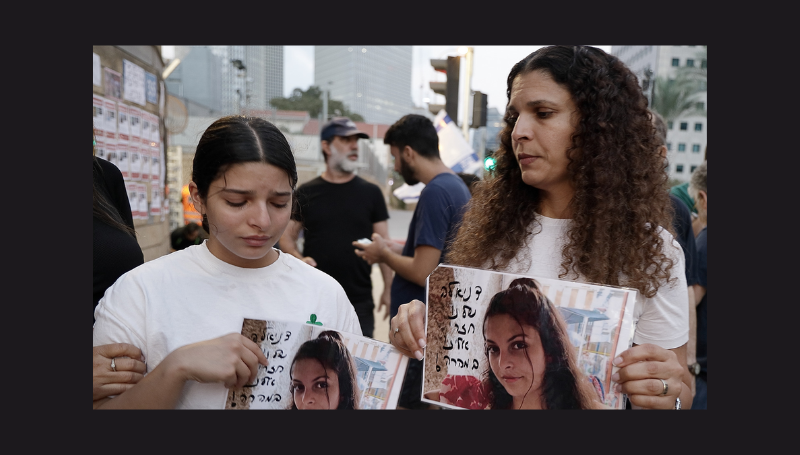Bret Stephens
NY Times, Sept. 3, 2024
“Once Israel leaves Gaza, international pressure for it not to re-enter for nearly any reason short of another Oct. 7 will be overwhelming.”
Since the days of Abraham — who, according to Genesis, rescued his nephew Lot after he’d been seized by an invading army — Jewish tradition has placed supreme value on the redemption of captives. It is, in a sense, the fulfillment of a primary, implicit commandment: to be one’s brother’s keeper. It is also a source of Jewish communal cohesion over millenniums to never forsake those who have been taken, even if only to give them a proper burial.
It’s also, to mix references from antiquity, a Jewish Achilles’ heel.
In 2006, an Israeli soldier named Gilad Shalit was captured by Hamas and held in Gaza. He was released five years later in exchange for more than 1,000 Palestinian security prisoners — a euphemism, in many cases, for terrorists. The deal, which was approved by Benjamin Netanyahu, the prime minister of Israel, included the release of Yahya Sinwar, the mastermind of Oct. 7.
These two reference points are now at the heart of the debate Israelis are having about what comes next in Gaza. Huge demonstrations in Tel Aviv, coinciding with the heartbreaking funerals of six murdered hostages, have demanded that the prime minister agree to a cease-fire deal to obtain the release of additional hostages, at the cost of conceding one of Hamas’s core demands: an Israeli withdrawal from a strip of land known as the Philadelphi Corridor, which separates Gaza from Egypt. Netanyahu has refused, insisting in a news conference on Monday that Israeli forces will not leave.
… [To read the full article, click here]


